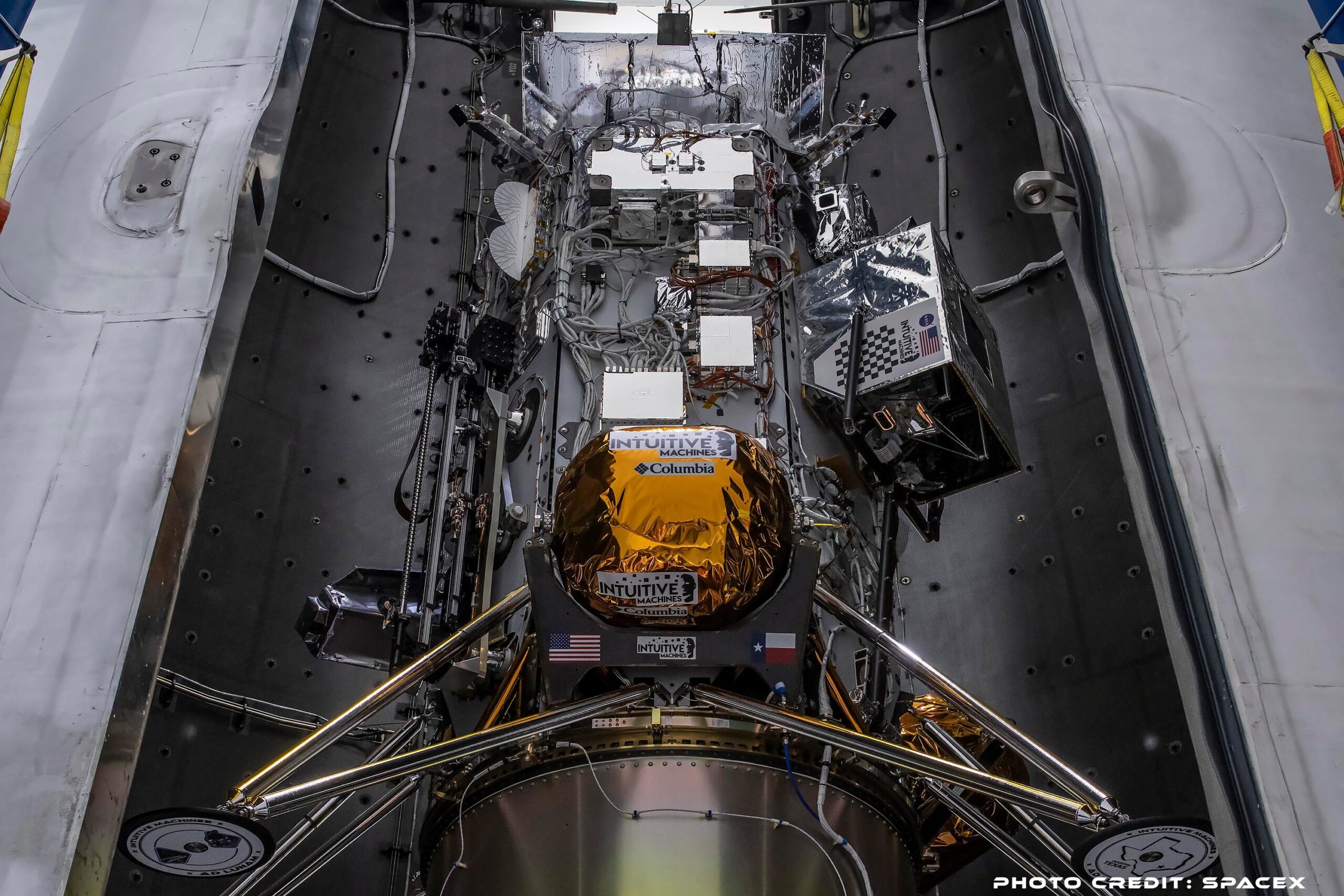
Lunar Exploration Ushers in a New Era of Commercial Enterprise
Intuitive Machines Athena: A Historic Mission to the Moon’s South Pole
On a fateful day in February 2024, an American spacecraft embarked on a historic mission to the Moon, marking a pivotal moment in the annals of lunar exploration. This spacecraft, manufactured by Intuitive Machines, ushered in a new era defined by commercial enterprise.
The landing of the spacecraft captured the hearts and minds of the American people, rekindling their fascination with lunar landings that harkened back to the legendary Apollo missions of the 1960s and 70s. As the nation watched with bated breath, the spacecraft touched down on the desolate lunar landscape, etching its name into the history books.
Athena’s Scientific Payload: Advancing Lunar Discovery
Aboard the Athena spacecraft, a fleet of cutting-edge scientific instruments stood poised to revolutionize our understanding of the lunar environment. These instruments, funded by NASA and private entities, embarked on a ten-day mission that would delve into the enigmatic mysteries of the Moon.
Micro Nova Hopper (Grace): A diminutive yet capable drone, Grace possessed the extraordinary ability to explore the vast lunar south pole. Inspired by the programming pioneer Grace Hopper, this propulsive rover could venture over 15 miles from the landing site, providing detailed imagery and data on the Moon’s numerous craters and the elusive permanently shadowed regions.
PRIME-1 (Polar Resources Ice Mining Experiment): This dual instrument showcased NASA’s unwavering pursuit of water on the Moon. PRIME-1 was equipped with a drill capable of penetrating three feet below the lunar surface, extracting regolith for analysis. Its mass spectrometer would diligently detect and measure any gases or accessible resources present, including the potential presence of water ice.
MAPP Rover (Mobile Autonomous Prospecting Platform): A groundbreaking innovation from Lunar Outpost, the MAPP rover became the first commercial rover to land on the Moon. This autonomous vehicle utilized visual cues and sensors to navigate the lunar terrain, avoiding hazards with ease. Atop the rover resided AstroAnt, a miniature robot tasked with inspecting spacecraft surfaces and collecting thermal data.
Nokia’s Lunar Surface Communications System: Nokia stepped forward with a bold proposition: to demonstrate that the same technology connecting billions of smartphones on Earth could serve as a lifeline for lunar missions. Their 4G/LTE network would link Athena with other mission vehicles, facilitating data transfer and communication. Success in this endeavor would pave the way for future missions to rely on terrestrial cellular networks.
Laser Retroreflector Array (LRA): Precise navigation on the Moon required an ingenious solution. The LRA, mounted on the lander’s top deck, consisted of an array of mirrors. These mirrors could bounce laser light back at orbiting or incoming spacecraft, providing critical data for accurately determining the lander’s location on the lunar surface.
NASA’s Lunar Trailblazer: Mapping the Moon’s Water Resources
Accompanying Athena on its historic journey was NASA’s Lunar Trailblazer spacecraft. Once in lunar orbit, this dishwasher-sized satellite would embark on a two-year mission to map the distribution of water on the Moon’s surface. Through a series of flybys and thruster burns, Trailblazer would meticulously gather data on the presence, form, and temporal changes of water. These observations would contribute to the most comprehensive maps of lunar water yet created.
The Road to Artemis and Mars: Paving the Way for Future Endeavors
The IM-2 mission marked a significant milestone in NASA’s Artemis program. This ambitious initiative aimed to establish a sustainable human presence on the Moon by 2027, serving as a stepping stone to the ultimate goal of sending astronauts to Mars.
The successful landing of Athena and the deployment of its scientific payload constituted a vital step in the realization of Artemis. By understanding the lunar environment, developing technologies, and leveraging commercial partnerships, NASA and its collaborators laid the groundwork for the next giant leap in human space exploration: the conquest of Mars.
